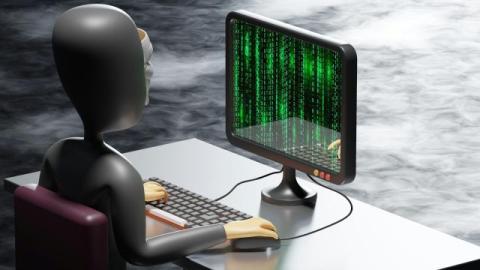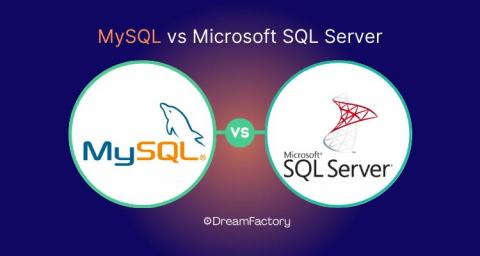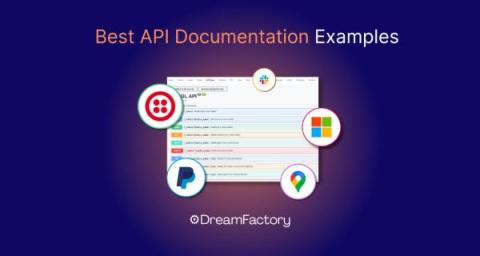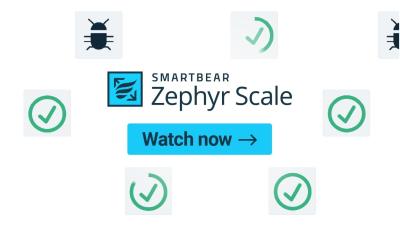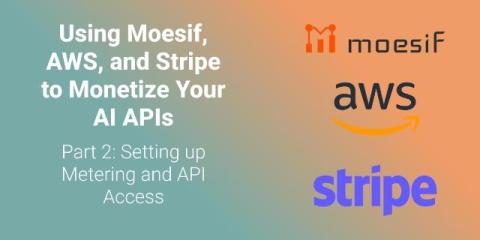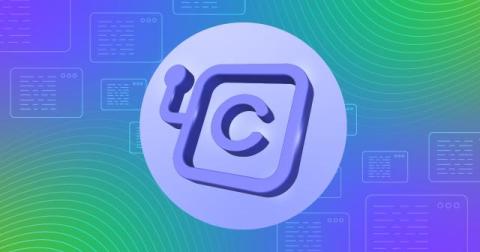Enhancing Resilience: Introducing Fallback Configurations in Kong Ingress Controller 3.2
As Kong Ingress Controller is used widely in the field, ensuring its reliable and resilient error handling is crucial to us. Kong Ingress Controller 3.2 introduces a Fallback Configuration feature, designed to make sure a single mistake made in your manifests doesn't halt the whole configuration update pipeline. In this User Call, we'll cover: The Need for the Feature: Understand the critical scenarios that highlighted the necessity for improved error-handling mechanisms.



